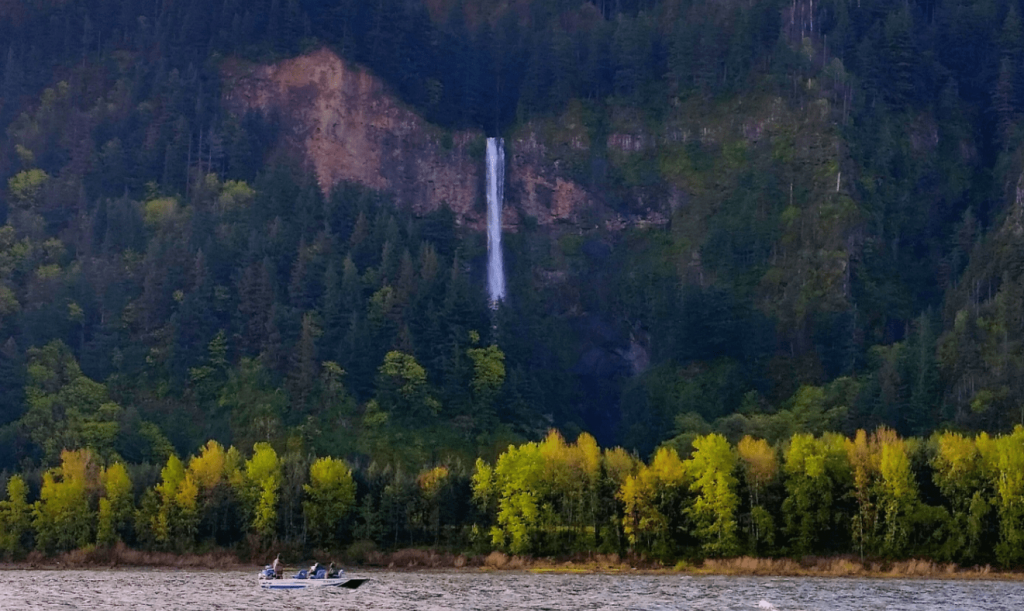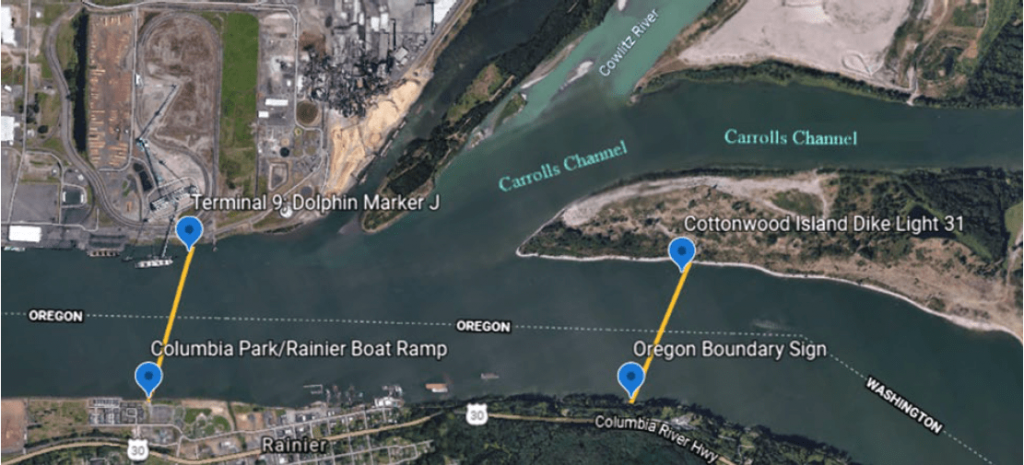
Spring Chinook Seasons Approved On Columbia
Columbia spring Chinook managers have approved a lower river season through April 4 with a new no-boat-fishing bubble around the mouth of the Cowlitz.

It’s the first time in the past three years that the waters below St. Helens and Woodland will be open as enough springers are forecast to return to three Southwest Washington hatcheries to provide more flexibility for anglers.
The overall fishery is very similar to past ones – the mainstem Columbia will be open outside of the aforementioned Cowlitz bubble, plus Carrolls Slough, from Buoy 10 up to Beacon Rock for boat and bank angling, and from Beacon to Bonneville Dam for bank fishing only.

Daily limit is two hatchery salmonids, but only one spring Chinook.
Anglers are modeled to keep 3,025 springers – about 500 more than last year – including 2,159 bound for tribs above the dam, which is down about 60 fish from 2020.
During discussion of ODFW and WDFW staff recommendations, there were questions about trying to open up more of April – peak of the early season – to provide a more “meaningful” chance to catch fish, but doing so would come at a “disproportionately high cost” to March opportunities.

“It would take out all but the last day of March” to provide three more days in April, ODFW’s Jeff Whisler told the Columbia River Compact during a two-hour-long Zoom call.
An Astoria-based guide was “super glad” to have the chance to fish the lower river again. The Columbia was closed below Warrior Rock in 2019 and 2020 due to very low forecasts for the Cowlitz, Kalama and Lewis Rivers, the first and third in particular.
Idaho-based tribes and the state Department of Fish and Game expressed some concerns about the early-spring fisheries before the May runsize update, with IDFG’s Lance Hebdon reporting that five hatcheries in the state were expected to have no surplus to hold seasons over and two Shoshone-Bannock Tribes members speaking about the importance of the “hunt” for Chinook for subsistence.
The overall Columbia 2021 springer forecast is for 143,200 fish, with 75,200 of those headed for Idaho and other rivers in the upper watershed and 68,000 returning to the lower end of the basin, primarily the Willamette.
While the fishery is held over ESA-listed stocks, it’s managed in multiple ways to limit impacts on wild Chinook, including a 30 percent prerunsize update buffer, which with this year’s forecast means the sliding-scale impact rate is 1.0 percent for nontreaty seasons.
ODFW’s Tucker Jones said that the biggest source of mortality on Idaho springers outside of the ocean comes from the hydropower system, an impact some five or six times as large as fisheries, and took the opportunity to direct the several dozen people on the conference to look at the proposal of Idaho Rep. Mike Simpson to breach the four lower Snake dams.
Because of a misalignment between Oregon and Washington policies, 5 percent of the available quota went unallocated, with WDFW indicating it would go towards spawning escapement.

ODFW and WDFW also OKed a March 16-May 5 season in portions of the Bonneville Pool, as well as The Dalles, John Day and McNary Pools up to the stateline, with 292 springers expected to be retained, and the Select Area Fisheries at the mouth of the Columbia through June 15, with limits based on whether the mainstem is open or not.
